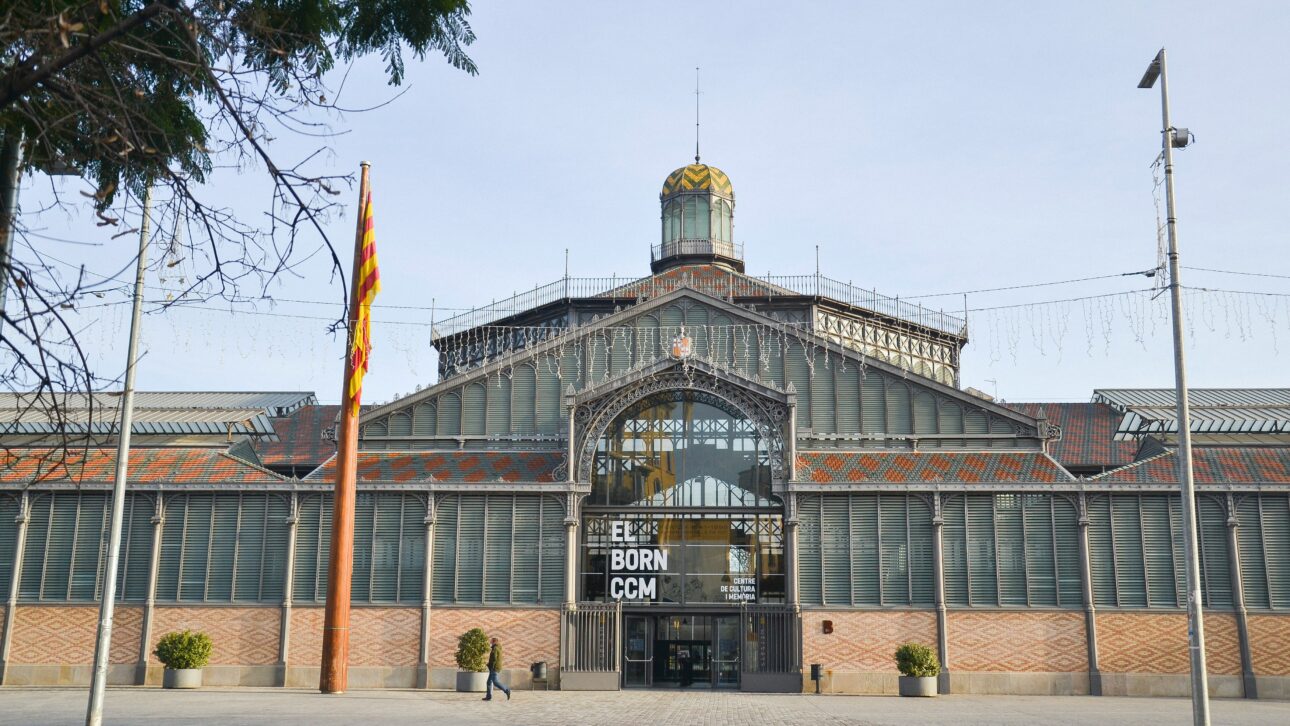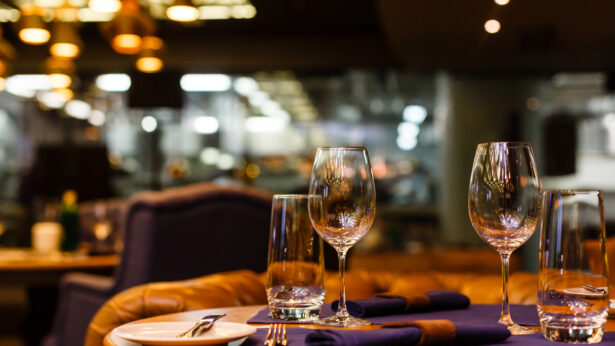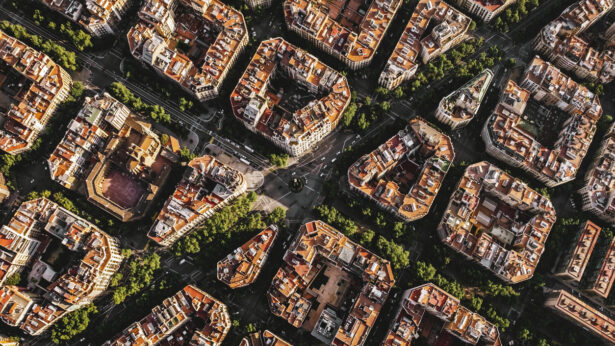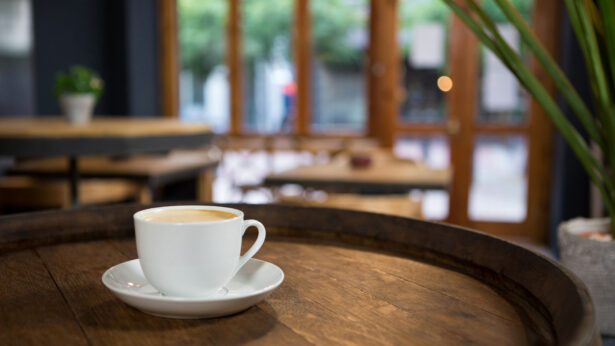Although its beginnings were humble and picturesque – it was the site of mediaeval arms tournaments and jousts between knights, El Born has become one of the cultural and social epicentres of the city of Barcelona. In this neighbourhood where Musik Boutique Hotel is located, you can breathe the history of the city in every corner, but also live the most contemporary and international experiences. If in the article about the best restaurants in El Born we talked about the latter, today we want to talk about the former, giving you a review of the history of the Born until today. Let’s discover it!
What does El Born mean?
El Born (Borne in Castilian) is the name given to the squares and facilities where the mediaeval jousting tournaments were held. By extension, this was also the name given to the games themselves. Given that this area of the city, specifically the Passeig del Born, is where these events took place, over the years this area and the surrounding area began to be called El Born.
If we take a walk across other cities in Catalonia and Catalan-speaking territories, we will find other „Borns“, such as the streets of El Born in Igualada or Manresa, or the Plaça des Born in Menorca. What all these places have in common is that they are located in the areas where mediaeval jousting used to take place.
History of El Born neighbourhood in Barcelona
But the fact that the modern name comes from mediaeval times does not mean that nothing happened in this area before the jousting. On the contrary, the history of the Born goes back many centuries. The Born CCM, located in the old market of El Born, is one of the epicentres of the neighbourhood and a mandatory stop for all those who want to learn about the history of El Born and Barcelona first hand. In this site we can take a real walk through the history of this city, from the time of the Roman Empire to the 21st century. That is why we can take it as a reference to explain the history of the neighbourhood, since through its stones we can guess everything that has been happening and marking its future.
Roman period
First of all, it is important to understand the location of this neighbourhood. Although today it is one of the most central areas of Barcelona, if we consider the location of Roman Barcino or the mediaeval walled city, we see that it is just outside the city walls. This means that it was very close to the city but not yet part of it. In other words, a perfect place to locate a cemetery. That is why the first remains found at El Born were Roman burials. A large Roman necropolis has been found here, the epicentre of which is the subsoil of Santa Maria del Mar.
Islamic remains
Without leaving the necropolis, a multitude of burials following Islamic prescriptions have also been discovered. However, since it has not yet been possible to carry out carbon-14 tests, a way of knowing exactly how old a piece or some bones are, we cannot be sure whether these burials were made during the Islamic occupation of Barcelona or whether they are the remains of Muslims who lived in Barcelona. Whatever the case, they are remains from before the 13th century.
13th century, the birth of El Born and La Ribera
Over the centuries, a number of buildings began to be erected around the church of Santa Maria de les Arenes. As early as the 10th century we have documents that mention buildings in this part of the city. However, it was not until the 13th century that we can say that this area of the city was urbanised. It was precisely in the 10th century that the Rec Comtal was built, a hydraulic work that was essential to give birth to the district we know today and which, during those centuries, was the commercial centre of the city.
During the 13th and 14th centuries, the whole area was urbanised and consolidated after the construction of the Convent of Sant Agustí and the stretch of wall between Santa Maria del Mar, Santa Clara and the Portal Nou. It was precisely the construction of this stretch of wall that definitively included this neighbourhood within the city of Barcelona. El Born was no longer a place outside the city walls where burials could be made, but the most active and vibrant area of mediaeval Barcelona. If we look at the buildings and streets of El Born, we can guess what those times and buildings were like. Unlike other old areas of the city, such as the Gothic quarter or El Raval, there was no previous structure that made it compulsory to build in a specific way. That is why the urban layout is regular, with parallel and fairly wide streets. The only exception is the more central part of El Born, which was born around the Rec Comtal and which adapts to its route.
The entire urban district of Sant Pere, La Ribera and Santa Caterina is often referred to as El Born, which is not quite correct. El Born is a specific part of La Ribera, the part around the Basilica of Santa Maria del Mar, which borders La Barceloneta and Carrer Princesa.
18th century, the War of Succession
The War of Succession marks a dark period in the history of the neighbourhood and the city. In this article we are not going to talk about the contenders or the history behind the war, but about one of the harshest consequences that the city of Barcelona had to suffer, when the winning side, the Bourbon contestants to the throne, decided to destroy La Ribera neighbourhood to build a military citadel (what is nowadays the Parc de la Ciutadella). The aim was to have a walled enclosure in the centre of the city from where they could watch over any attempted rebellion and make it easier for troops to move out.
Between 1716 and 1718, everything up to Blanqueria, Tiradors, Sabateret, Corretger, and Flassaders streets, Plaça del Born and Carrer de Montserrat, one of the most populated and prosperous areas of Barcelona at the time, was demolished.
El Born today
In spite of all the misfortunes and inconveniences that have accompanied this area of Barcelona, the enterprising and vital spirit of the neighbourhood has been overcoming all the time, breaking through the historical layers and arriving today with full force. El Born is one of Barcelona’s hidden treasures, with its narrow streets, a history that can be felt in every stone, spectacular buildings, a first-rate cultural offer, and a wide variety of bars and restaurants to suit all tastes. Moreover, unlike some areas of the city, such as the Rambla, it has managed to maintain the right balance between local and authentic Barcelona life, as well as a perfect cosmopolitanism and attention to visitors.
If you want to make a getaway to Barcelona and live the authentic experience from the heart of the city, book your stay at Musik Boutique Hotel, a romantic hotel in Barcelona from where you can discover the city with extreme comfort and attention to detail.




